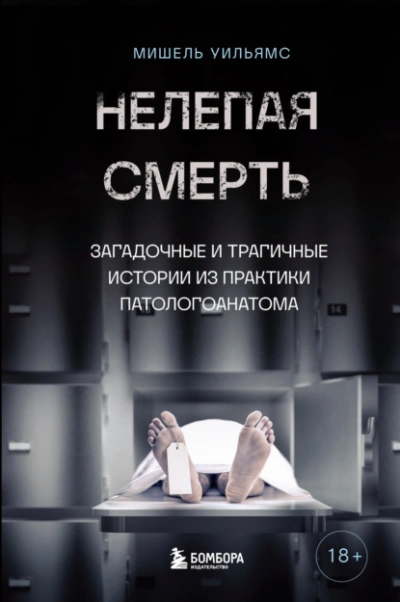Форма входа
Читем онлайн Психология влияния. Как научиться убеждать и добиваться успеха - Роберт Чалдини
Шрифт:
-
+
Интервал:
-
+
Закладка:
Сделать
На этой странице вы можете бесплатно читать книгу Психология влияния. Как научиться убеждать и добиваться успеха - Роберт Чалдини бесплатно.
Похожие на Психология влияния. Как научиться убеждать и добиваться успеха - Роберт Чалдини книги
- Изумрудный Город Страны Оз - Лаймен Фрэнк Баум - Зарубежные детские книги / Прочее
- Перстень с поля Куликова... Хроники шести судеб [2-е изд., доп.] - Валентин Осипович Осипов - Биографии и Мемуары / История / Разное / Рассказы / Прочее / Публицистика
- Алхимик - Маргарита Полякова - Прочее
- От Петра I до катастрофы 1917 г. - Ключник Роман - Прочее
- Мистика: загадочное и необъяснимое - разные - Прочее
- Хранители Древних Знаний. Тайна переписки Даррунга - Синельников Валерий - Прочее
- Полвека без Ивлина Во - Ивлин Во - Прочее
- Как стать художником и не пожалеть об этом - Водка Анна - Прочее
- Королевство. Ведьма для императора - Арина Теплова - Прочее
- Постмодернизм в России - Михаил Наумович Эпштейн - Культурология / Литературоведение / Прочее







